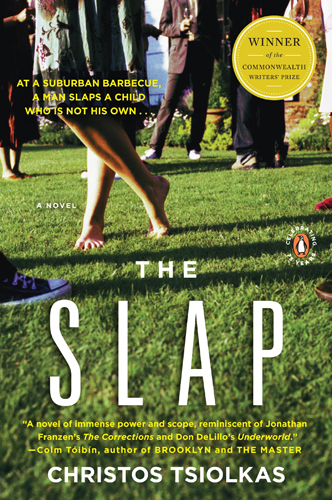I've become hooked on National Geographic Channel's "American Gypsies". Yes, it's a reality show, and yes it too often comes across as scripted and forced. But I like it because of the peek it offers behind the closed doors of a mysterious ethnicity.
Produced by Ralph Macchio, who isn't a gypsy (or Romany, as those in the culture prefer), the reality show is sometimes a bit over the top for me, but that just comes with the territory.
Here's a brief sample:
I gave Nat Geo's "American Hutterities" show a chance, but I found it too stilted and, well, not all that interesting. Both of these shows are part of what the network calls its American Outliers series.
"American Gypsies" fascinates me in some of the same ways that "The Sopranos" or Black Mass, the book about Whitey Bulger, the FBI and Boston's Irish mob, did. All three deal with the trials, tribulations, crimes, misdemeanors, passions, screw-ups of distinct ethnic groups.
As someone who has no real ethnic identity, I'm fascinated by the traditions of those with strong ties to their country of origin. On my father's side, I'm English, Irish, French Canadian and perhaps Native American. On my mother's side, German, Dutch and French.
But there's little from those cultures that obviously defines our family. No certain foods or traditions or religious practices. So I am easily consumed by TV shows, magazine articles, books and movies that put such cultural identities on display.
I've done a lot of genealogical work over the past 15 years or so, learning the names of my ancestors, and the places they lived and died. And while I have access to some old family photos, and a few artifacts (my late Uncle George's banjo, some copies of my great-uncle's Major League Baseball cards -- he played in the bigs!), I don't have family Bibles or stories of who my ancestors were and how they lived.
So when the folks on "American Gypsies" argue about how to stay true to their culture and their traditions, I'm fascinated. They keep their kids in separate schools, or home-school them. They work in psychic healing shops of their own. They try to interact with non-Romany (or gaje) as little as possible, except for the men, who often have extra-marital affairs with such women, according to the show.
When they toss Romany phrases into their accented English (they live in New York City), I eat it up. When the family gives a hard time to a young man in their brood who dates a non-Gypsy girl, I'm sucked in, wondering whether he can ever be happy if he's forced to marry a Roma.
While I'm enjoying learning about the culture and beliefs of the Romany, of course I'm pulling for Bobby, the second-oldest son of the Johns family. He's the one who bucks against the ingrained culture the most, wanting to honor his family's traditions and values, while embracing at least some American ways.
As he tells his father when the older man comes down hard on Bobby for allowing his daughters to take acting lessons, "It's time to adapt to the times, like every other culture has."
Of course, the Johns family has already adapted to reality TV, so is it such a big deal for them to move further into the American culture? Maybe their own sitcom? Or a "Sopranos"-like drama?

